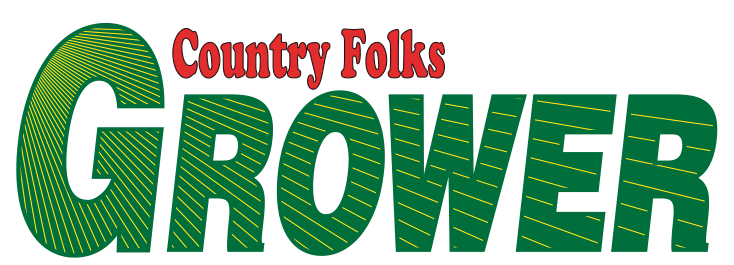Winter growing at Wishing Stone Farm
With the winter months approaching quickly, farmers must decide what crops they’re going to prioritize growing and what crops they want to store for winter.
Skip Paul and Silas Peckham-Paul with Wishing Stone Farm in Rhode Island spoke at the most recent Northeast Vegetable & Fruit Conference, giving advice on growing a successful winter crop.
Wishing Stone Farm has been around for 42 years, and they currently farm 28 acres of land. Skip mentioned that not a lot of people know about winter growing, and it all comes down to the “Persephone effect” – the fact that there’s a period of time in winter, depending on where you are located, where “the sun’s energy is not enough to really make anything grow.”
Winter growing is all about “learning how to create a savings bank,” explained Skip.
At Wishing Stone Farm, they grow a lot of winter greens, including mustards, bok choy, spinach, salad mix and a lot of kale. Silas mentioned that once November hits, the kale doesn’t grow much, so you want it to peak in size by November. That way, throughout winter, “you have an entire greenhouse or two full of just enormous kale that you can harvest and pick from.”
When it comes to winter growing, “one of the most important things is knowing when to cover and when not to cover something,” Silas said. It’s better to cover less than to cover too much, as too much coverage can lead to moisture build-up that harms crops.
It’s important to remember that “a lot of your vegetables are tougher than you think,” but some are tougher than others. Consider which crops are more sensitive to temperature and other environmental factors when organizing your greenhouse layout.
Out of all the crops Skip and Silas grow in winter, “spinach is probably the most forgiving,” Silas said. It can handle being on the outside edges of the greenhouse.
There are two pieces of equipment Skip and Silas highly recommend: a power harrow and a steamer. The power harrow “incorporates the fertilizer at just the right level … without the compacting activity of a rototiller,” explained Skip.
Silas said purchasing a steamer changed their lives. “Steaming the greenhouse is just a game changer,” he said – and it eliminated their chickweed problem.
In comparison to growing out in the field, “the timing it takes for something to go bad in a greenhouse is so much longer,” due to the controlled environment. Silas and Skip recommend growers to keep their seed banks high in winter, keeping rows and beds as clean as possible and keeping detailed records throughout the growing season.
by Kelsi Devolve




